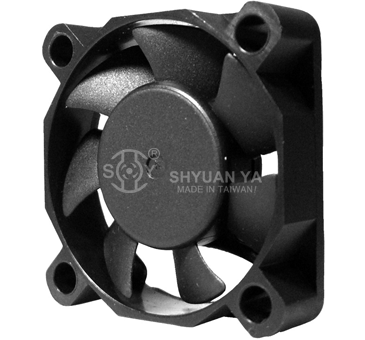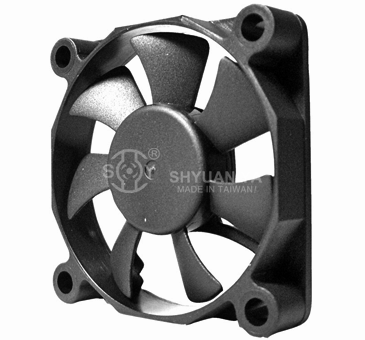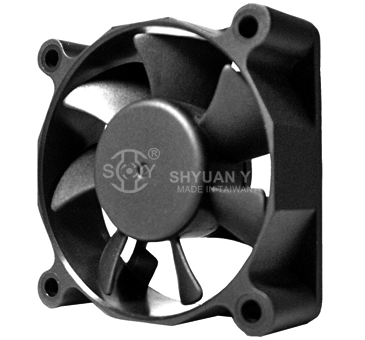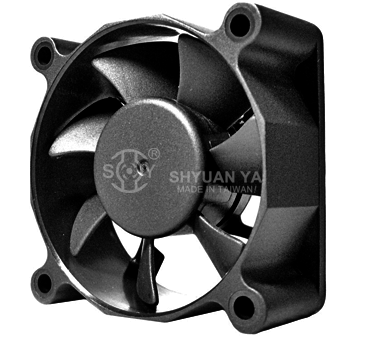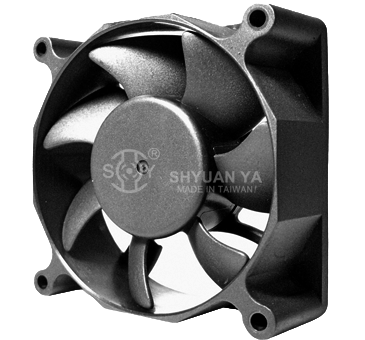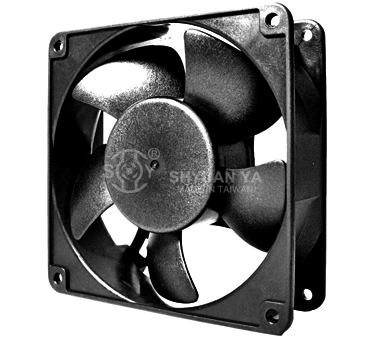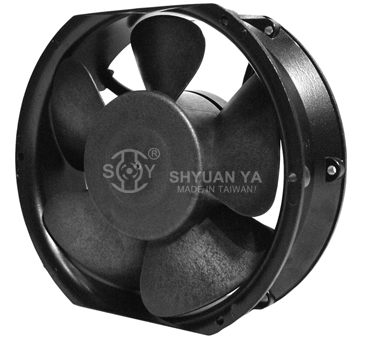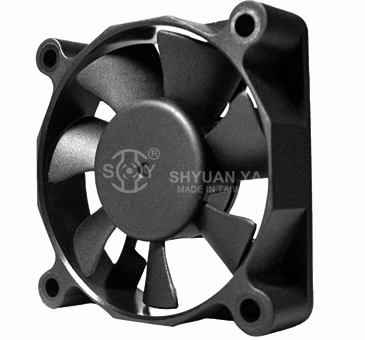5 Practical Reasons to Choose DC Axial Fans — Pros, Cons, and Real-Life Applications
1. Energy Efficiency and Power Savings: Why DC Axial Fans Are the Smarter Choice
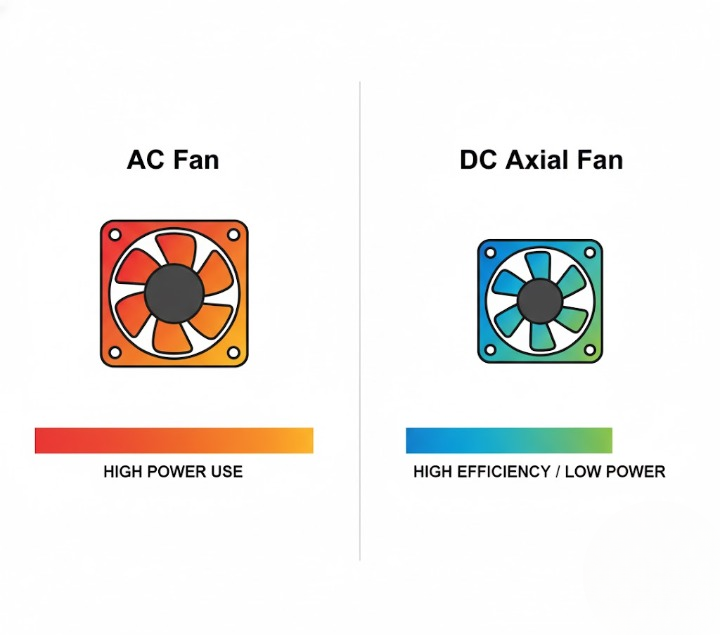
When choosing a cooling or ventilation solution, one of the most practical reasons to choose DC Axial Fans is their outstanding energy efficiency. Unlike traditional AC fans, DC axial fans use direct current (DC) motors, allowing them to run at lower power consumption without compromising airflow or performance.
This efficiency translates into lower energy costs, reduced heat generation, and longer fan lifespan. For consumers and businesses alike, it’s a smart, eco-friendly investment.
How It Works
DC axial fans use electronically commutated (EC) motors, which automatically adjust fan speed based on real-time cooling demand. This intelligent speed control ensures the fan operates only as much as needed — reducing waste and maximizing efficiency.
Benefits for You
- Up to 50% Energy Savings compared to AC fans.
- Environmentally Friendly operation with lower carbon output.
- Extended Lifespan due to reduced wear on components.
Real-Life Example
In electronics cooling, such as computer CPUs or server systems, DC axial fans provide steady airflow while consuming minimal power. When your system runs cooler, the fan slows down automatically, saving energy — and money — without sacrificing reliability.
✅Quick Tip: Choose models with EC motor technology or PWM control for the best balance between performance and efficiency.
2. Compact Design and High Airflow: How DC Axial Fans Deliver More in Less Space
Another practical reason to choose DC Axial Fans is their compact design paired with high airflow capacity. Despite their small size, they can move a surprising amount of air efficiently, making them ideal for space-limited environments.
Because of their axial airflow pattern — air moving parallel to the fan shaft — they maintain smooth, linear airflow, reducing resistance and maximizing cooling.
Where This Design Excels
DC axial fans are commonly used in:
- Electronics cabinets and enclosures
- LED lighting systems
- Medical and laboratory equipment
- HVAC mini-systems and compact devices
Their thin profile and efficient design make them the go-to choice for applications where space, performance, and airflow stability are key.
Why Size Matters
A compact fan is easier to install, lighter to ship, and simpler to maintain — yet powerful enough to handle demanding applications. For instance, a 60mm DC axial fan can deliver excellent airflow in a small server rack where an AC fan might not fit.
✅Quick Tip: Always review the fan’s CFM (Cubic Feet per Minute) rating to ensure it meets your airflow needs while fitting within your design space.
3. Quiet and Reliable Operation: The Comfort Advantage of DC Axial Fans
Noise control is a top priority for both residential and professional environments — andDC Axial Fans are built to meet this demand. Thanks to their low-voltage operation,precise motor control, and optimized blade design, they produce minimal sound while maintaining excellent airflow.
Why DC Axial Fans Are Quieter
- Low Voltage, Low Vibration: DC motors produce smoother rotation and less mechanical noise.
- Aerodynamic Blades: Designed to minimize air turbulence.
- Variable Speed Control: Adjusts automatically to reduce unnecessary fan speed and noise.
Reliability You Can Count On
Along with quiet operation, DC axial fans are extremelydurable. Many are designed for continuous 24/7 operation, with lifespans of 30,000 to 60,000 hours. This makes them suitable for critical applications like telecommunications, medical devices, and home air purifiers.
✅Quick Tip: For maximum comfort, select low-noise models (below 30 dB(A)) — ideal for bedrooms, offices, or laboratory environments.
4. Versatile Applications: Where DC Axial Fans Work Best in Everyday Life
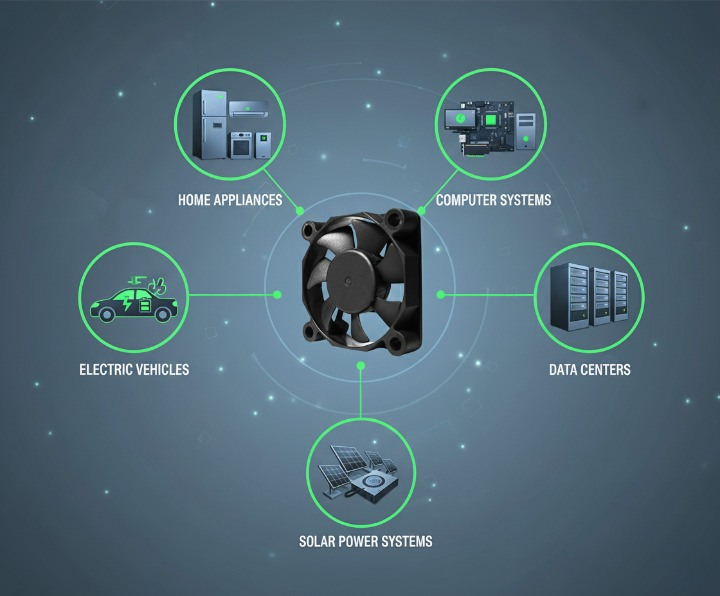
One of the strongest practical reasons to choose DC Axial Fans is their versatility. Whether for personal, industrial, or commercial use, these fans can be integrated into countless devices and systems.
Home and Office Applications
- Air purifiers and ventilation units for quiet airflow
- Refrigerators and air conditioners for efficient cooling
- Desktop computers and projectors for consistent temperature control
Automotive and Transportation Uses
DC axial fans play an important role in electric vehicles (EVs), dashboards, andbattery cooling systems — providing reliable temperature regulation for safety and performance.
Industrial and Commercial Applications
- Data centers andtelecom systems for steady cooling
- Solar power systems and inverters for efficient heat management
- Factory automation and LED lighting systems
Their adaptability and reliability make them essential across a wide range of industries.
✅Quick Tip: Always check voltage range (e.g., 12V, 24V, or 48V DC) to ensure compatibility with your specific system.
5. Understanding the Limitations: When a DC Axial Fan May Not Be the Best Option

A trustworthy buying guide must be balanced — so while DC axial fans offer many benefits, they also have limitations to consider. Recognizing these helps consumers choose the right fan for the right job.
Potential Drawbacks
- Limited Static Pressure:
DC axial fans are best for free-flow air systems. They may not perform well in ducted or high-pressure systems. - Voltage Sensitivity:
They rely on a stable DC power source; voltage fluctuations can reduce performance or shorten lifespan. - Higher Initial Cost:
The advanced motor design can make them slightly more expensive upfront compared to basic AC fans — though energy savings often offset this cost over time.
When to Choose an Alternative
If your system involves long ducts, filters, or high resistance, a centrifugal fan may be more suitable. But for compact, energy-efficient, and quiet airflow applications,DC axial fans remain the superior choice.
✅Quick Tip: Ensure your system includes a DC voltage regulator or PWM control board for optimal fan performance and protection.
Frequently Asked Questions (FAQs)
1. What is a DC Axial Fan?
A DC axial fan uses direct current to move air along its axis. It’s a compact, efficient, and quiet fan commonly used in electronics, HVAC, and home appliances.
2. How do DC Axial Fans differ from AC fans?
DC fans operate on low-voltage power and have electronically controlled motors, providing greater efficiency, quieter performance, and variable speed options compared to AC fans.
3. Are DC Axial Fans more energy-efficient?
Yes. They can save up to 50% in power compared to traditional AC fans, making them ideal for energy-conscious users.
4. What are DC Axial Fans used for?
They are widely used in electronics cooling, appliances, HVAC systems, automotive equipment, and renewable energy systems.
5. How long do DC Axial Fans last?
Most quality DC fans last between 30,000–60,000 hours, depending on conditions and voltage stability.
6. Do DC Axial Fans make noise?
No. They are designed for low-noise performance — ideal for quiet environments such as offices, hospitals, or bedrooms.
7. Can I control the speed of a DC Axial Fan?
Yes, many models support PWM (Pulse Width Modulation) or voltage-based speed control, giving you precise airflow management.
8. Are DC Axial Fans safe for continuous use?
Absolutely. Their efficient design and low heat output make them suitable for continuous, long-term operation.
9. What should I consider before buying one?
Check for airflow (CFM), voltage, noise level, fan size, and lifespan ratings to ensure it matches your needs.
10. Where can I find reliable DC Axial Fans?
Explore our wide range of DC Axial Fans at CoolingFanManufacturers.com — trusted by industries worldwide for quality and performance.
Conclusion
DC Axial Fans are one of the most efficient, compact, and reliable air-moving solutions available today. Whether you’re cooling electronics, improving home ventilation, or optimizing a system for energy savings, these fans provide five clear advantages:
- Energy efficiency and lower power use
- Compact design with powerful airflow
- Quiet and long-lasting performance
- Adaptability for diverse applications
- Awareness of practical limitations
By understanding these practical reasons to choose DC Axial Fans, you can confidently make an informed decision and select the right fan for your needs — achieving better performance, efficiency, and comfort.
🔗 Learn More:
Explore our complete DC Axial Fan range and technical resources at
👉https://www.coolingfanmanufacturers.com/Category/7/DC-Axial-Fans


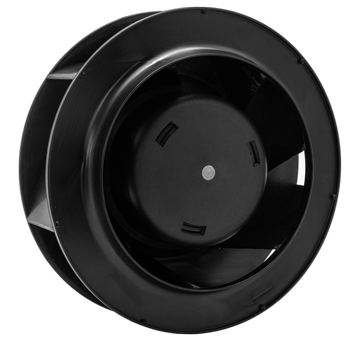
.png)
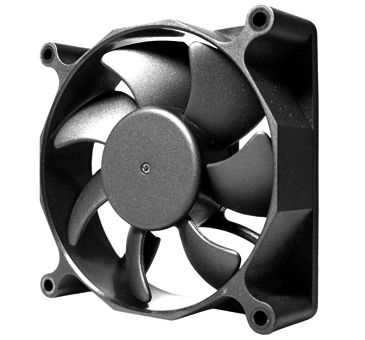
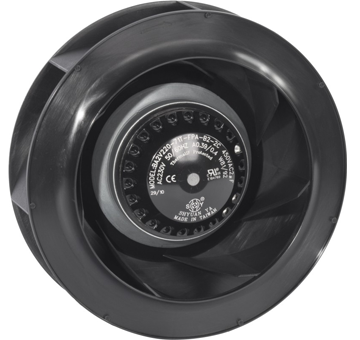
.jpg)
